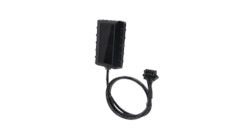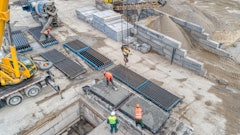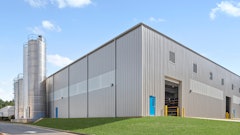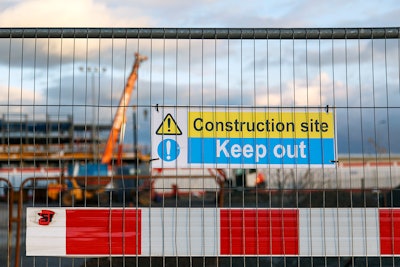
Construction brings many opportunities to many different people. Communities experiencing an intense building spree can usually look forward to more foot traffic or an influx of new businesses.
Unfortunately, this progress can also attract thieves and vandals, as the busy construction site of the day turns into one of the quietest spots at night when work stops.
Contractors need to protect their valuable assets.
1. Connect with law enforcement before an incident occurs Contact the local police department well before actual construction begins. This allows time to build a rapport, relay the total value of the equipment, and get an idea of the area’s crime climate.
2. Keep digital information off the worksite Keeping private information off the worksite ensures that any computer theft can’t become a company-wide emergency. This ensures peace of mind to employees across the company.
3. Hang warning signs to avoid legal problems You know a strong jobsite perimeter is key. Don’t forget warning signs. Appropriate signage can save thousands of dollars when creating a perimeter, particularly with measures that could potentially harm intruders. A variety of options that exist to de-motivate thieves, like barbed-wire fences, could create messy legal situations if they don’t come with warning labels

5. Understand how equipment can be used by thieves A big part of site security is viewing tools as they might be used against the company. For example, the theft of a saw by itself is inconvenient. Using that saw to cut an excavator door lock and drive the machine away incurs a much greater loss. A simple step such as positioning equipment that can open or destroy locks away from the locks themselves can help prevent further loss in the event of a robbery.
6. Assign a loss prevention manager Assign someone to survey the worksite, track and control key assignment, maintain contact with law enforcement, track inventory and delegate gate control. Although it might not be an exciting position and these tasks are small, skipping or neglecting them can be the security crack that potential thieves need to breach a worksite.
Maintaining security at the construction jobsite takes a lot of effort. With these tips, site managers and their teams can not only protect their equipment, but also protect themselves and the company from unnecessary headache and loss.
These six best practices to help secure your jobsite come from CONEXPO-CON/AGG 365.



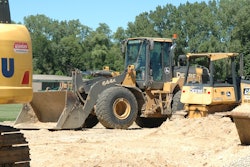
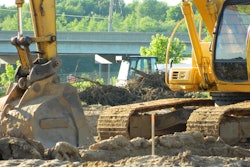
![[VIDEO] Preco’s sentry system sets perimeter to protect equipment](https://img.forconstructionpros.com/files/base/acbm/fcp/image/2017/01/default.5880719ab9613.png?auto=format%2Ccompress&fit=crop&h=167&q=70&w=250)








